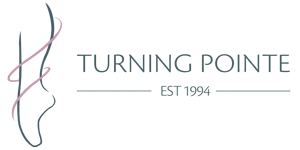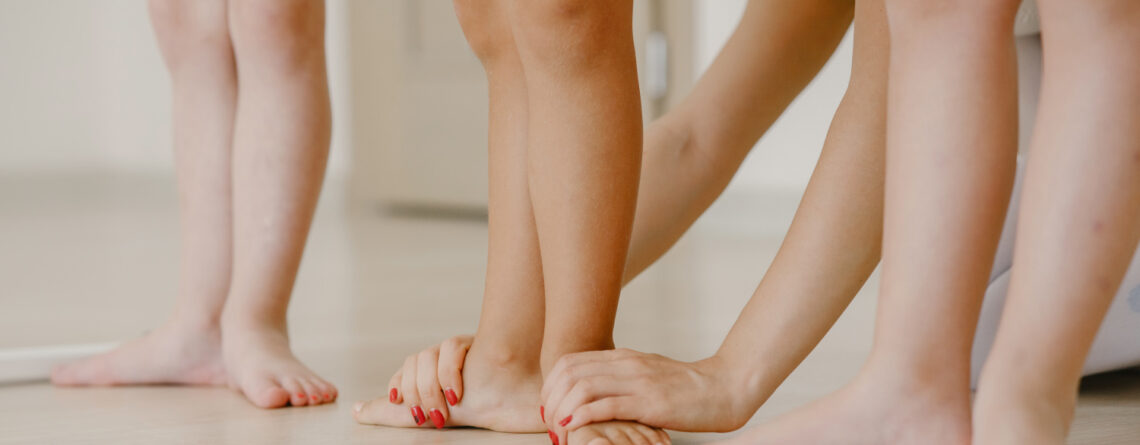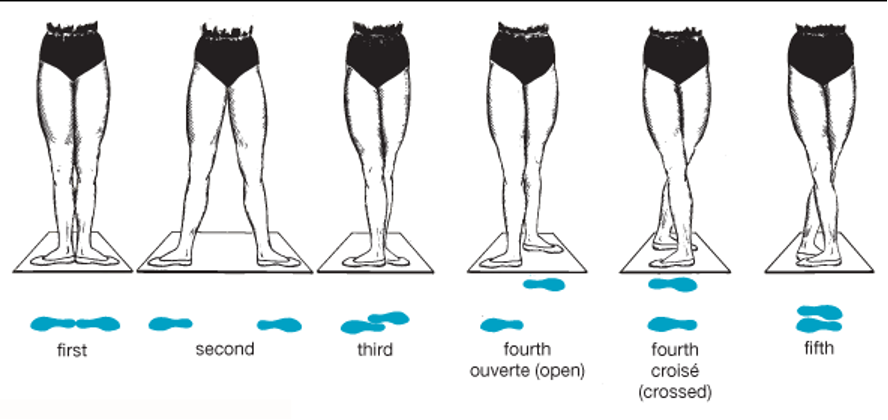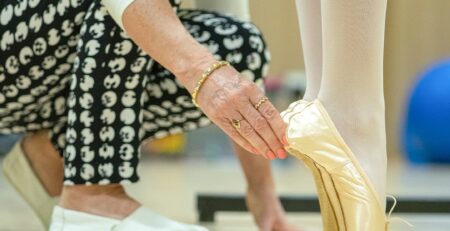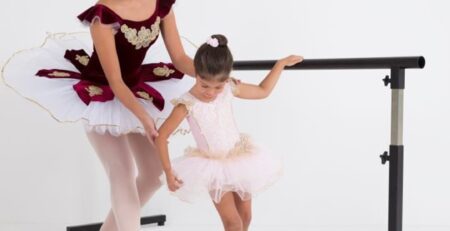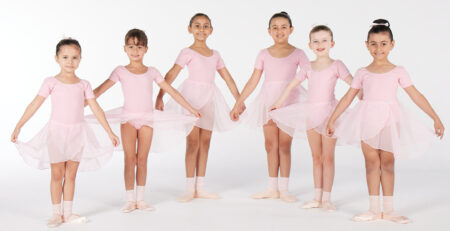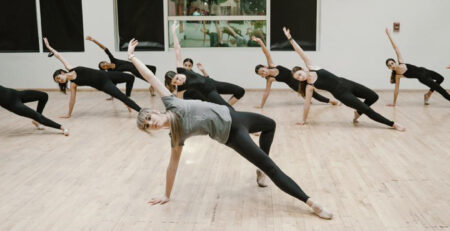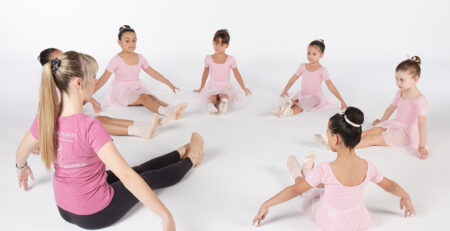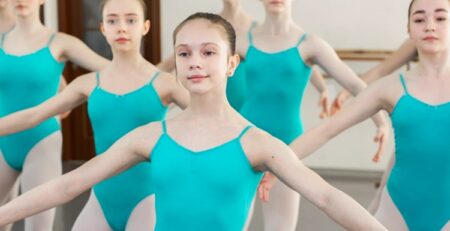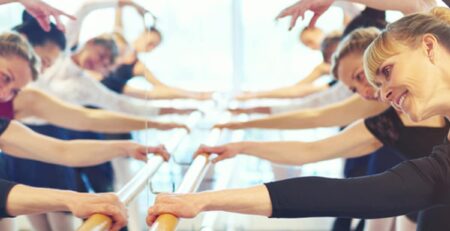5 Basic Ballet Positions for Beginners
Ballet is an intricate art that can be overwhelming for beginners. There are many different positions that potential dancers think can be accomplished, however, immense amounts of practice and motivation is required to master every step. All forms of Ballet are used to represent emotions, a story and character whilst also allowing the dancers to build flexibility, strength and showcase grace. Mastering one position helps young dancers to build a foundation which makes it much easier to pick up the style of the other steps. The five basic feet positions (beginner ballet Positions) to start the journey of mastering the art of Ballet are as follows:
5 beginner ballet Positions
1st Position
1st position of the feet in ballet is the easiest of the basic ballet positions where a dancer is standing with their heels together, and toes facing equally out to either sides. For a young beginner, the heels need to touch each other, whereas, for an advanced dancer, no more than an inch is to be between the heels. Mastering 1st position puts the dancer in a good place to learn other crucial ballet skills. 1st position is the starting point for all young and new dancers
2nd Position
2nd Position is very closely related to 1st Position in Ballet. This position requires the dancer to keep their feet about shoulder-distance apart. It is important not to have the second position too wide as it will be hard to maintain balance, or too narrow so that it looks closer to the 1st Position. This position is just as hard as any other position where the lack of hip rotation (known as ‘Turn Out”) or the abundance of Turn Out (hip rotation) is more apparent than in 1st Position. 2nd Position is one of the fundamental feet positions in classical ballet.
3rd Position
3rd Position is very rarely done by advanced dancers, though it still has a spot as one of the five basic ballet feet positions. Focusing on proper Turn-Out, 3rd position calls for the heel of the left foot to be placed in front of the arch of the right foot or vice versa. The reason why this position is not very commonly used is mainly because it might look like a misplaced 1st position or 5th position, it is used mainly by younger dancers before advancing onto the more difficult 5th Position however one might see that this position is still used in character dances in classical ballet performances.
4th Position
4th Position is a more advanced position and comes in two different options. 4th opposite 1st (also known as Open 4th) and 4th opposite 5th (Closed 5th) It is used in different types of pirouettes and other moving steps. To perform this position the right way, the dancer is to place one foot in front of the other in either 1st or 5th Position and them move the feet about a foot’s distance apart whilst keeping the hips square, taking care not to twist them. It is also important to remember not to have this position too wide as it will be difficult to transfer the weight onto either the back or front foot and also will be difficult to maintain the Turn Out properly. Place too narrow and the position can be confused with a wide fifth position. The body weight is evenly distributed over both feet, either with feet remaining flat on the floor, on the balls of the feet (demi-pointe) or on the toes (full pointe).
5th Position
The most difficult position of the feet is the fifth position. In order to present this position gracefully, the dancer is to stand with their feet close together, one in front of the other and turned out away from the body. The real difficulty in this position is maintaining straight legs and equal Turn Out on each leg. This position is used as the starting point in many classical ballet jumps and turns. 5th Position is a more mature position and takes practice in order to achieve it whilst maintaining good technique.
Do you think you are too old to start Ballet dancing? Turning Pointe dance academy has got you covered! Read this article to learn more.
